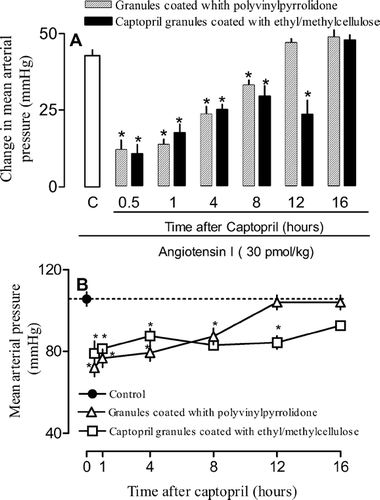Figures & data
TABLE 1 Summary of granules composition of the different formulations
FIG. 1 Scanning electron microscopy of captopril (panels A and B, magnification × 200 and ×400, respectively).
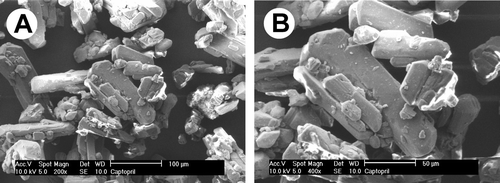
FIG. 2 X-ray diffraction spectra of captopril and granules coated with PVP, methylcellulose/ethylcellulose, and ethylcellulose.
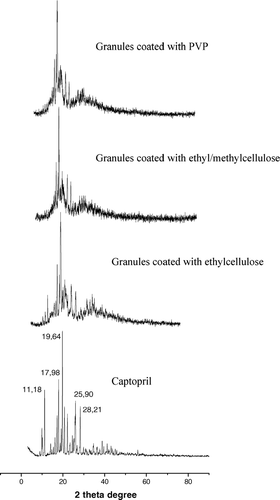
FIG. 3 Scanning electron microscopy of captopril granules with different coatings. Coating of PVP (panels A and B, magnification × 50 and × 100); coating of ethyl/methylcellulose (panels C and D, magnification × 50 and × 100, respectively), and coating of ethylcellulose (panels E and F, magnification × 50 and ×100, respectively).
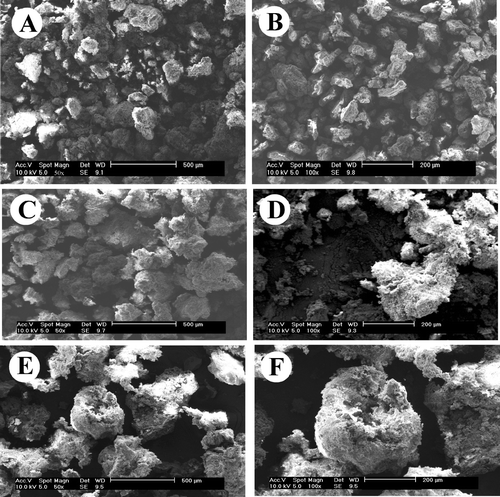
FIG. 4 Release profiles of granules coated with PVP, granules coated with ethylcellulose, and granules coated with ethyl/methylcellulose.

FIG. 5 Linearity of different granules forms using equation 1.
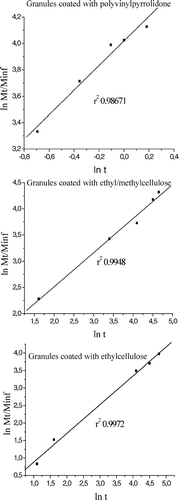
TABLE 2 Analysis of release data from captopril granules
FIG. 6 Effects of captopril granules coated with ethylcellulose and PVP on vasoconstrictive response to angiotensin I. Animals were treated orally with formulations or PBS (control). At indicated times animals were prepared for mean arterial pressure measurement. Thus, the vasoconstrictive response to angiontensin I (30 pmol/kg; panel A) and mean blood pressure (panel B) were recorded. Each point or bar represents the mean of 5 animals and vertical lines are the S.E.M. * p < 0.05 compared with the control group (PBS). Statistical analysis was performed using ANOVA test followed by Bonferroni's posthoc t test.
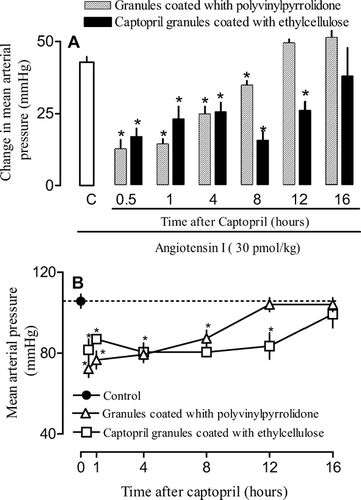
FIG. 7 Effects of captopril granules coated with ethyl/methylcellulose and PVP on vasoconstrictive response to angiotensin I. Animals were treated orally with formulations or PBS (control). At indicated times animals were prepared for mean arterial pressure measurement. Thus, the vasoconstrictive response to angiontensin I (30 pmol/kg; panel A) and mean blood pressure (panel B) were recorded. Each point or bar represents the mean of 5 animals and vertical lines are the S.E.M. * p < 0.05 compared with the control group (PBS). Statistical analysis was performed using ANOVA test followed by Bonferroni's posthoc t-test.
